Canada’s housing market has been a hot topic for years, but recent trends show that affordability is slipping away faster than expected in many cities. Soaring home prices, rising rent, increased property taxes, and the overall cost of living are making it harder for residents to afford a comfortable life. Several factors, including high demand, low housing supply, inflation, and rising interest rates, drive this trend. As wages fail to keep pace with the cost of living, many Canadians are being forced out of the housing market or struggling to keep up with basic expenses.
Toronto, Ontario

Toronto has been Canada’s most expensive city for years, and it’s only worsening. Housing prices remain among the highest in the country, and even renting a small apartment can take up more than half of an average salary. Property taxes, food, and transportation expenses are all rising, making Toronto unaffordable for many.
Vancouver, British Columbia
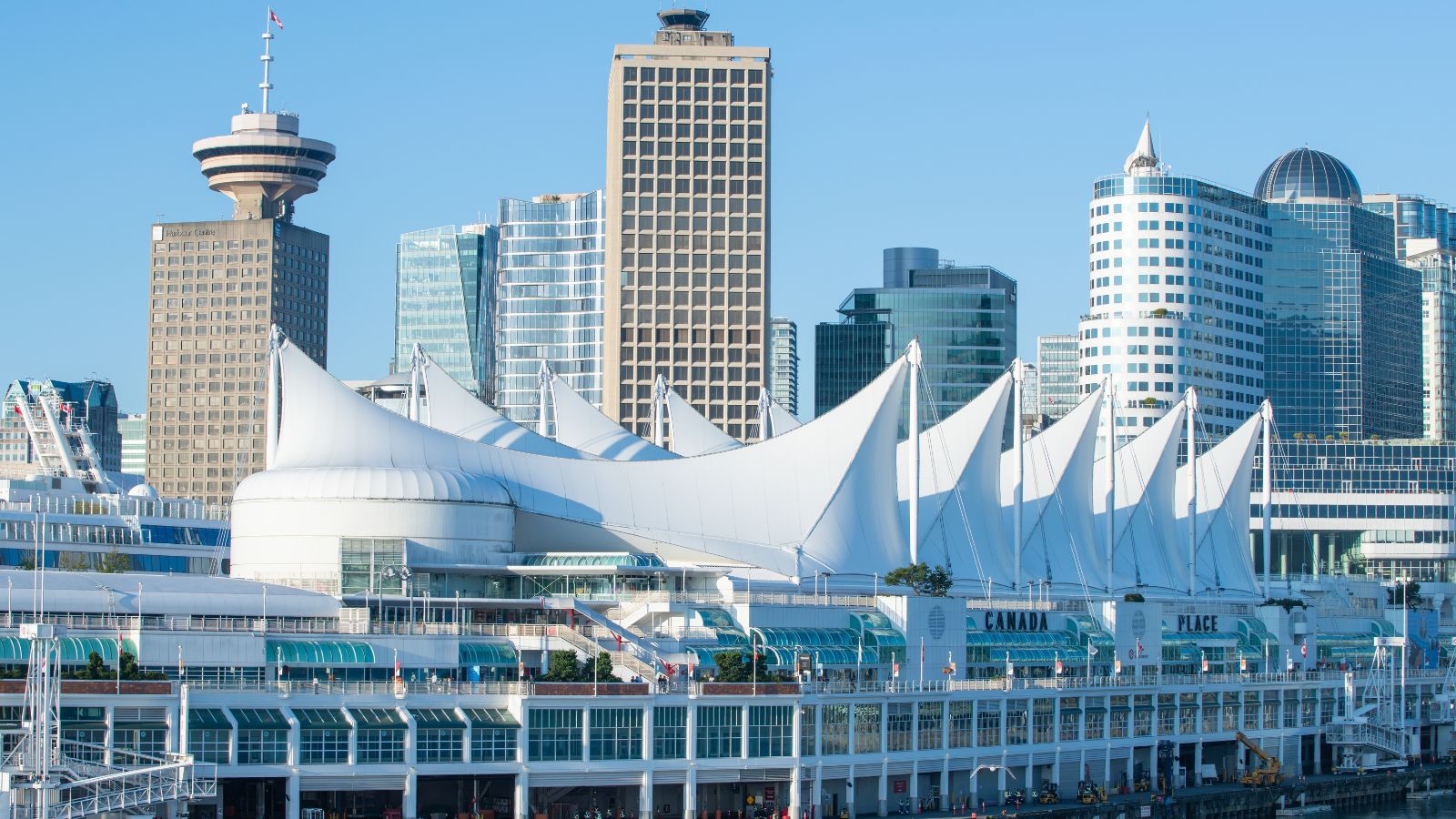
Vancouver is famous for its beautiful scenery but also notorious for its sky-high real estate prices. Rent has increased significantly, and most middle-class families’ homeownership is out of reach. The essentials, like groceries and gas, are also climbing, making daily life more expensive.
Victoria, British Columbia
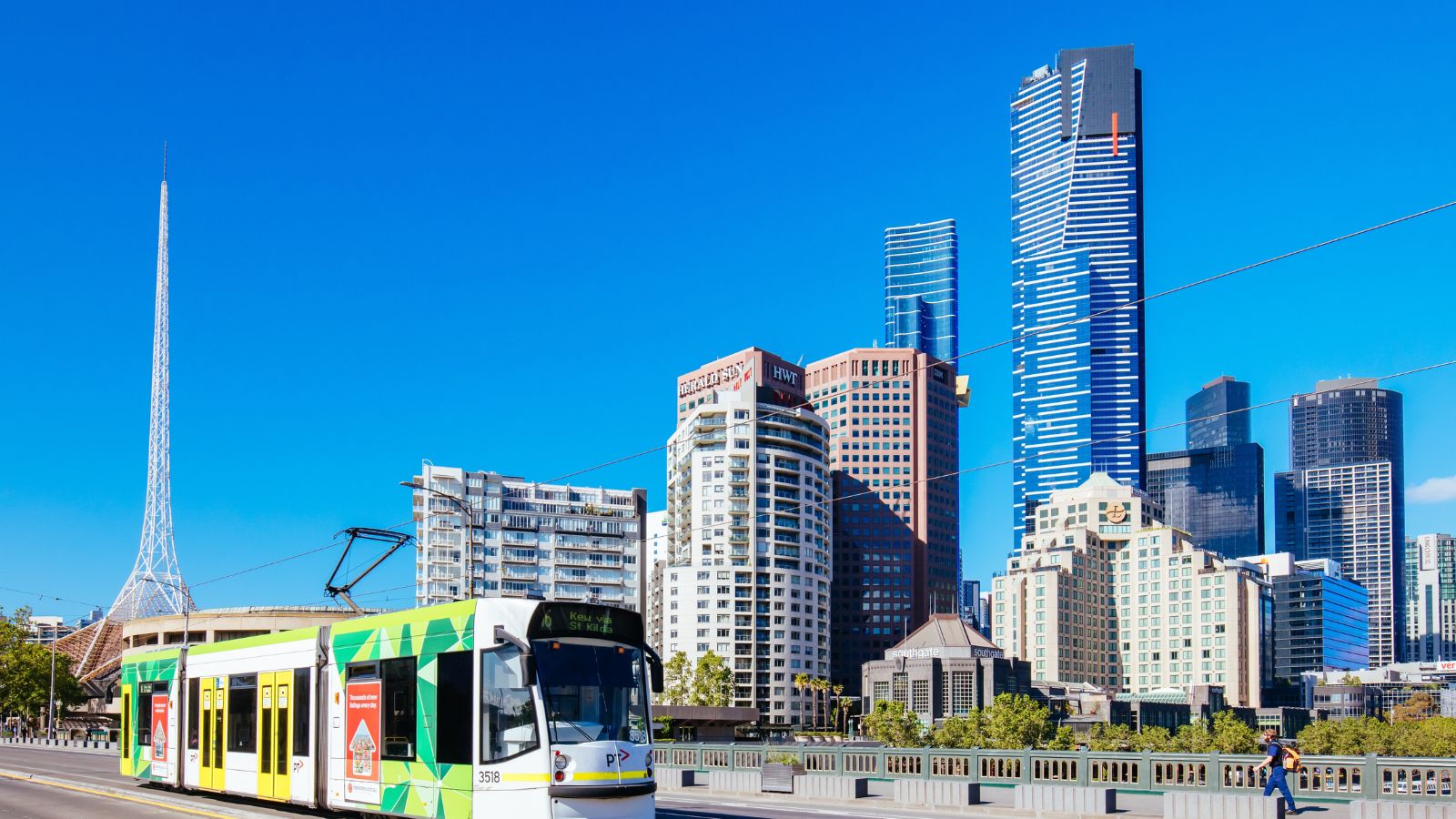
Once considered a more affordable alternative to Vancouver, Victoria faces its housing crisis. An influx of new residents and a limited housing supply have increased home prices and rent. Even necessities like groceries and utilities are becoming more costly.
Montreal, Quebec
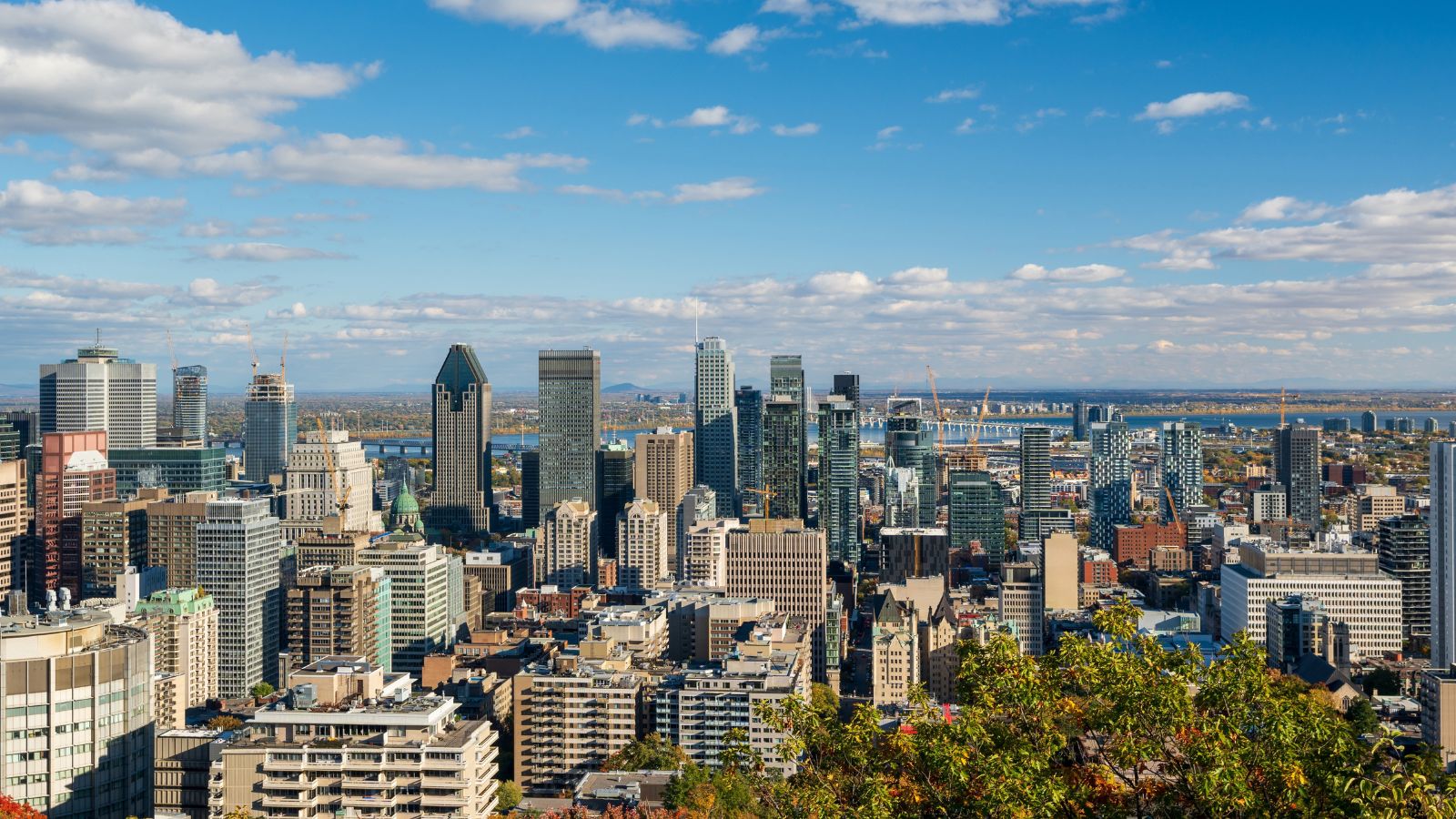
Montreal used to be known for its relatively affordable housing, but that’s changing fast. High demand, increasing property values, and rising rents make it harder for locals to keep up. The cost of everyday goods and services is also rising, squeezing household budgets.
Ottawa, Ontario
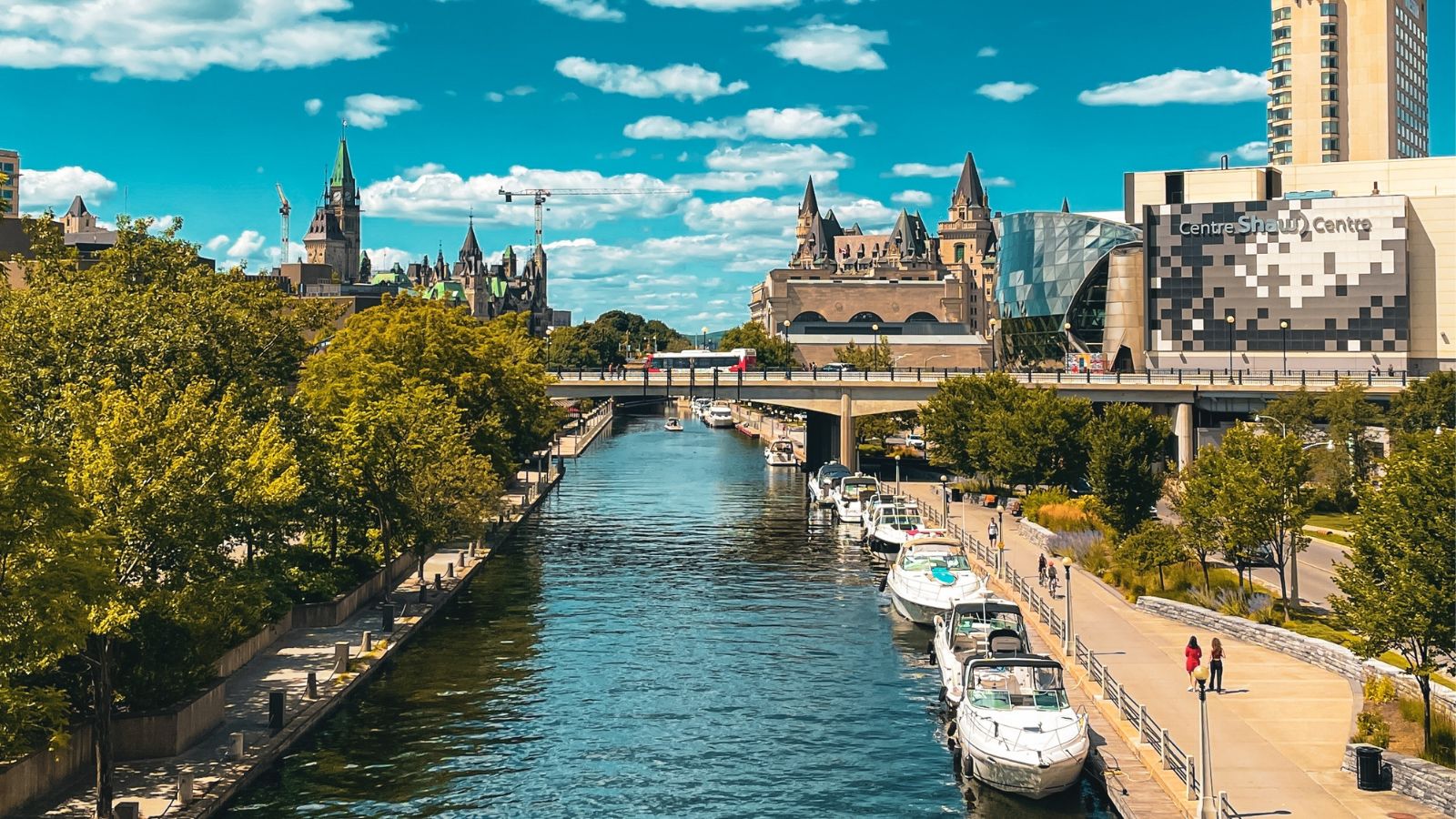
As Canada’s capital, Ottawa has always had a stable housing market, but affordability is fading. House prices have surged, and rental costs have increased dramatically. Higher property taxes and rising utility bills are adding to the financial burden on residents.
Halifax, Nova Scotia
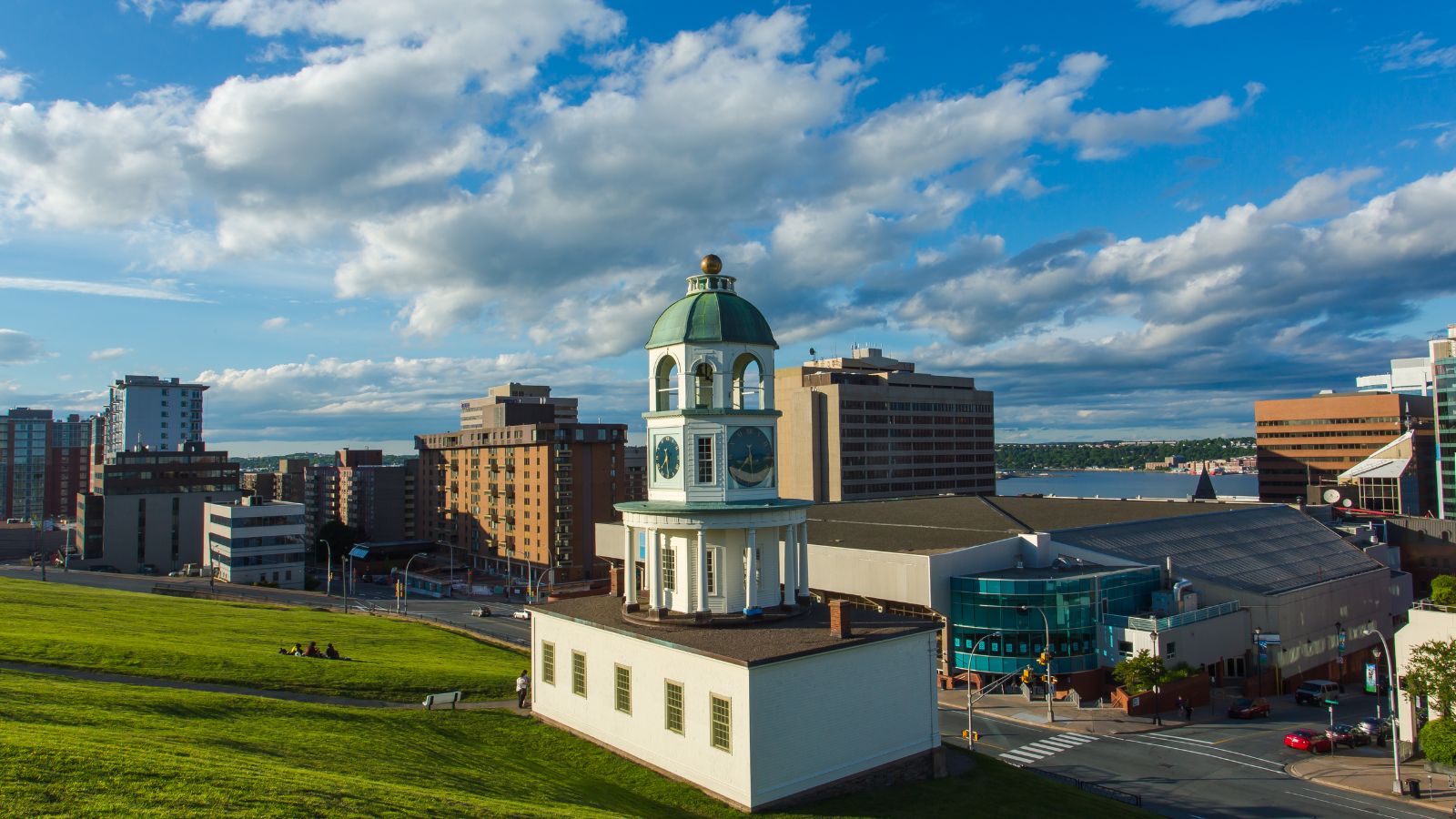
Halifax has experienced a population boom in recent years, driving up demand for housing. Unfortunately, supply hasn’t kept up, leading to sharp rent hikes and home price increases. The overall cost of living, including food and transportation, is also rising.
Calgary, Alberta
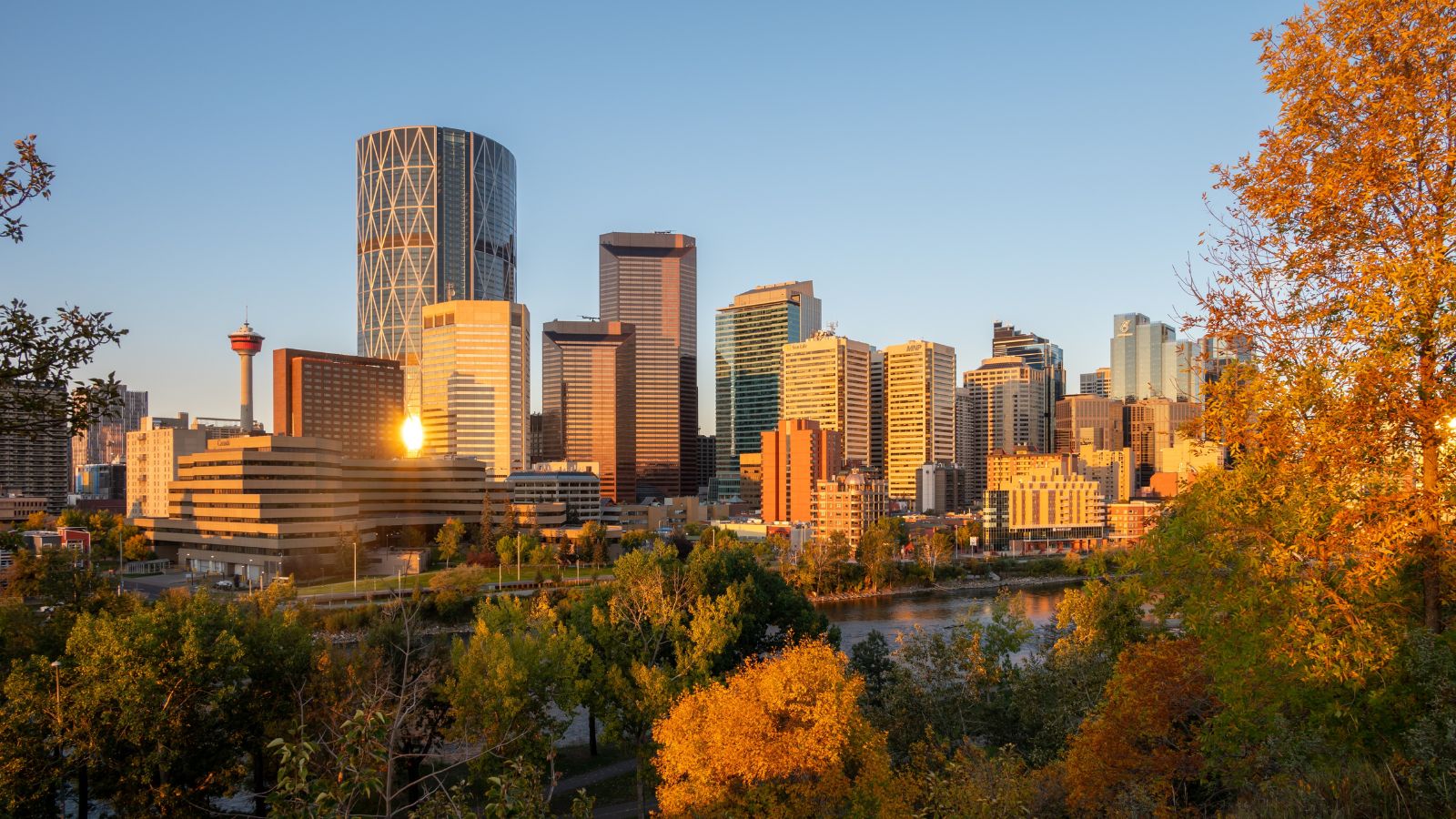
Calgary was once an affordable city, but living costs are rising quickly. Higher property prices, increasing rent, and inflation make it harder for families to make ends meet. Due to expensive housing, Many newcomers find it challenging to settle in the city.
Edmonton, Alberta
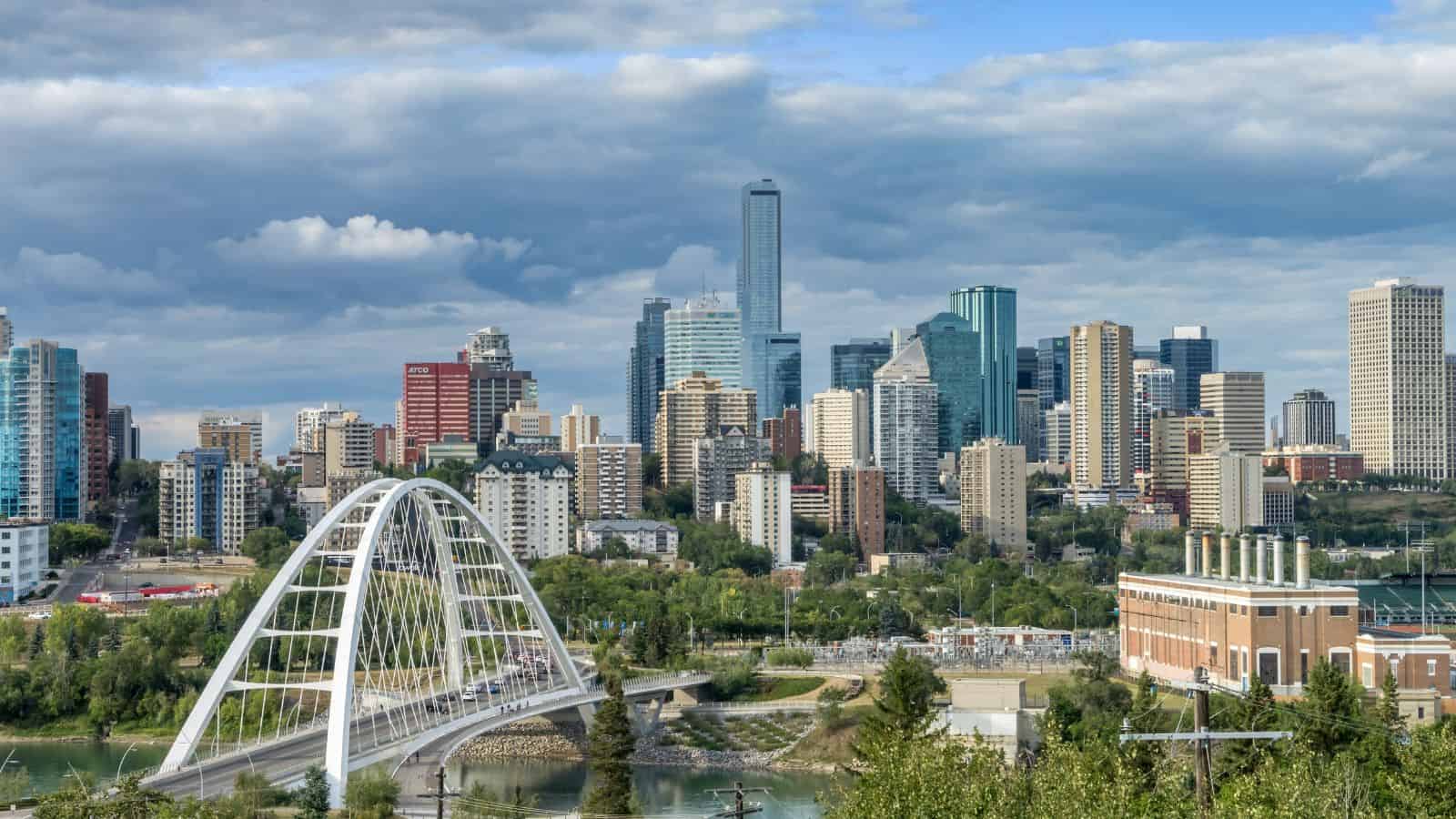
Despite being a historically affordable city, Edmonton is experiencing a rapid increase in housing and living costs. Home prices and rent have risen significantly, especially as more people move to the city for job opportunities. Groceries, transportation, and utility bills are also increasing, making everyday life more expensive. While still more affordable than some larger cities, Edmonton is quickly becoming harder to afford.
Winnipeg, Manitoba
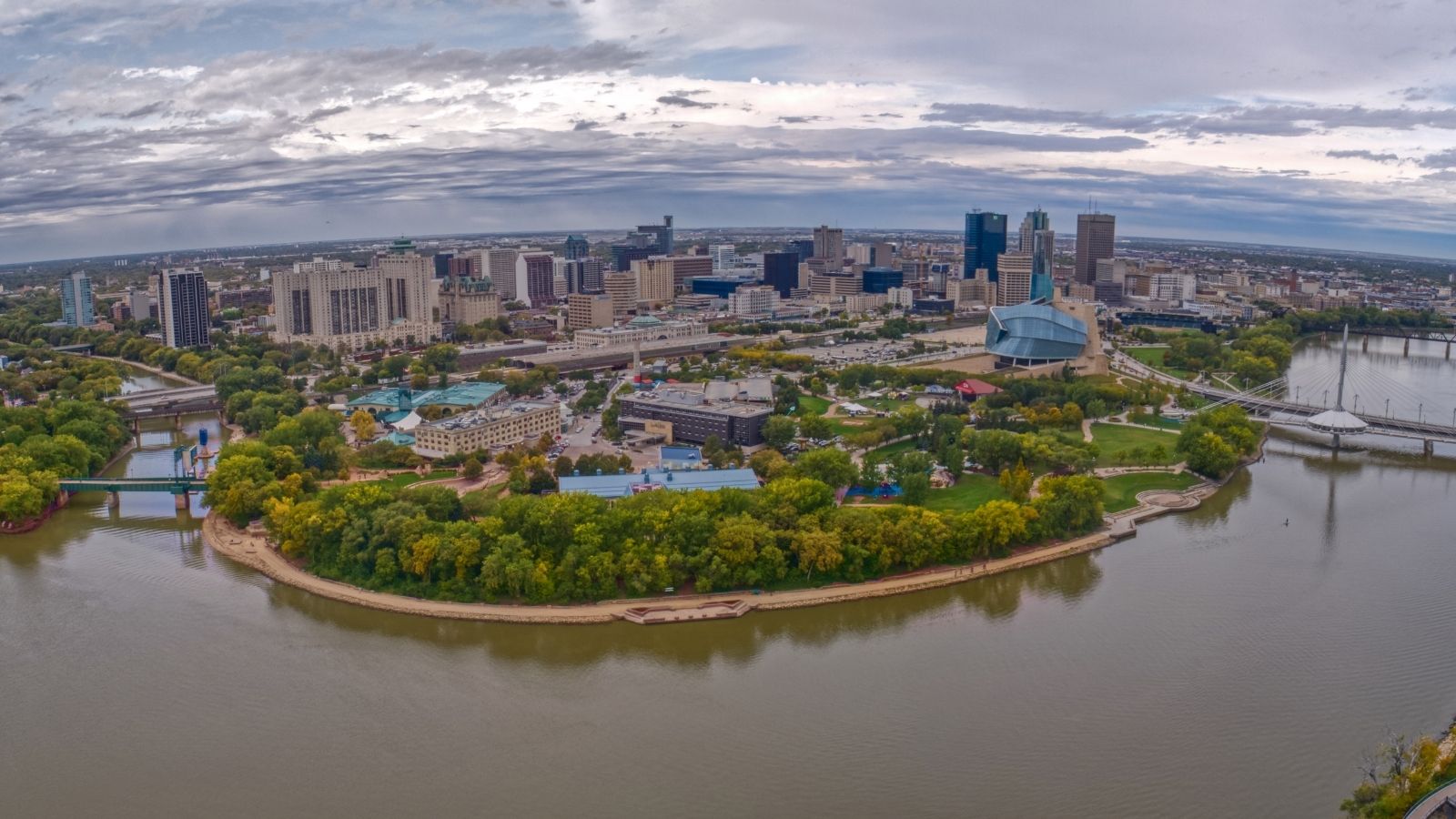
Winnipeg has been considered one of Canada’s most budget-friendly cities, but affordability is fading fast. Housing prices are climbing, and rent is becoming more expensive, putting pressure on buyers and tenants. Inflation affects everything from food to transportation, making it harder for residents to manage expenses.
Hamilton, Ontario
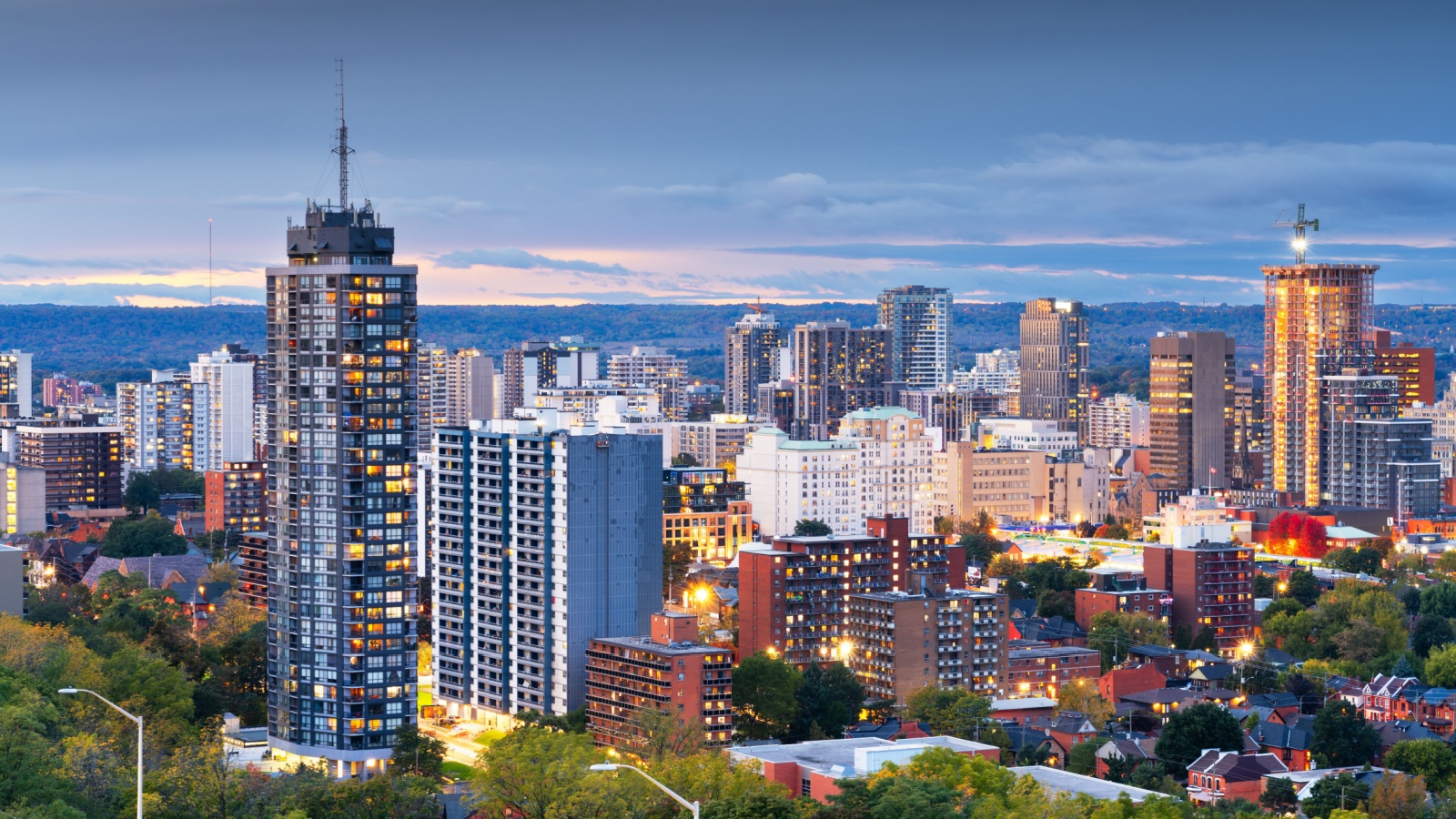
Hamilton has become a popular choice for people priced out of Toronto, which has led to skyrocketing home prices. The rental market has also become unaffordable, leaving many struggling to find affordable housing. The overall cost of living is also rising, with food, transportation, and utility prices all increasing. What was once a cheaper alternative to the GTA is now just as costly.
Kitchener-Waterloo, Ontario

With a booming tech industry, Kitchener-Waterloo has seen massive population growth, causing home prices and rent to spike. Many people are moving from Toronto to this area, which has increased demand and reduced affordability. The cost of daily necessities has also increased, making life in this once-affordable region much more expensive.
London, Ontario
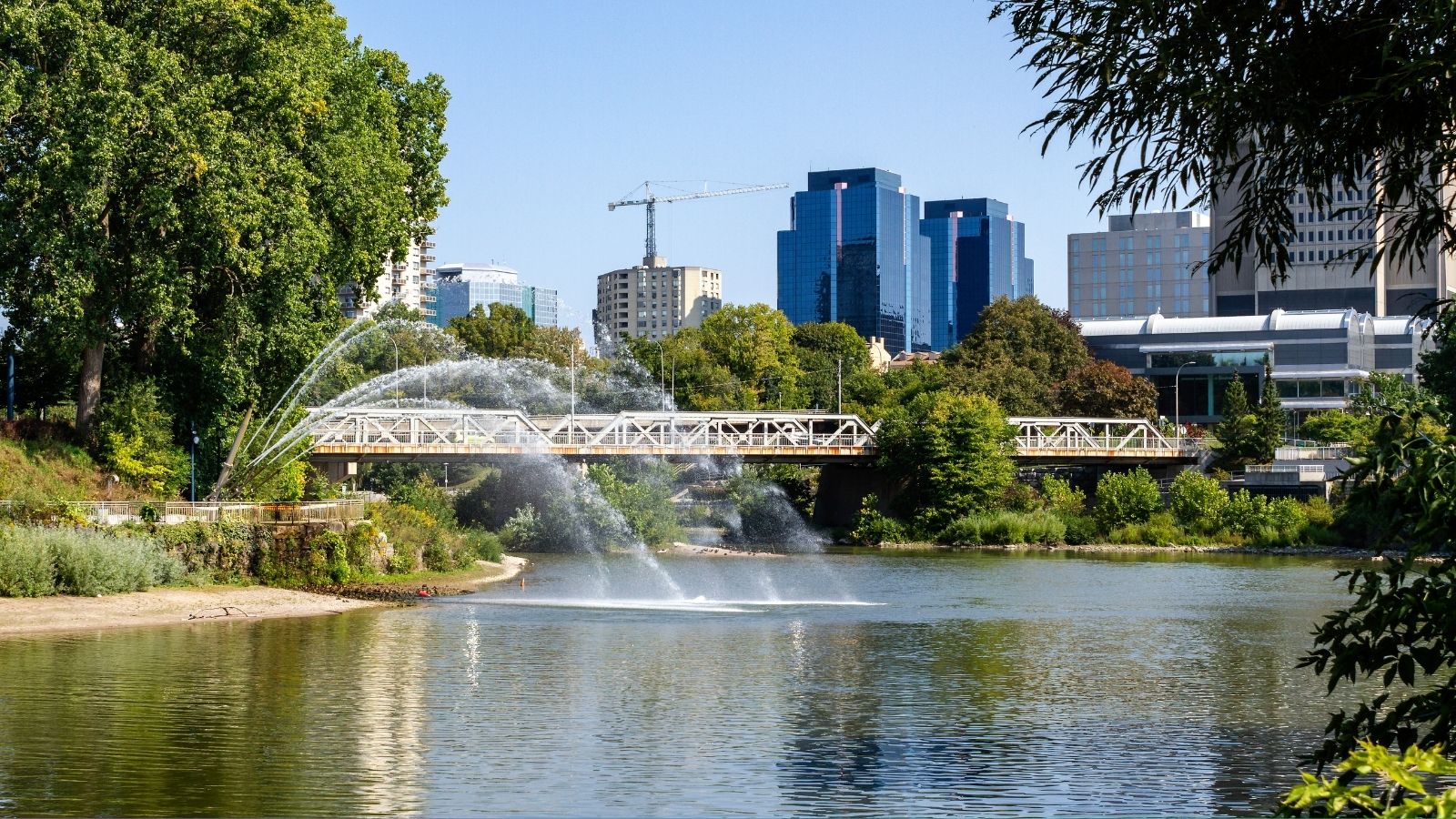
London was once a budget-friendly alternative to Toronto, but rising home prices and rent have made it increasingly unaffordable. The cost of food, transportation, and property taxes is climbing, putting pressure on residents. Many first-time homebuyers and renters struggle to find affordable housing as demand keeps increasing prices.
St. John’s, Newfoundland
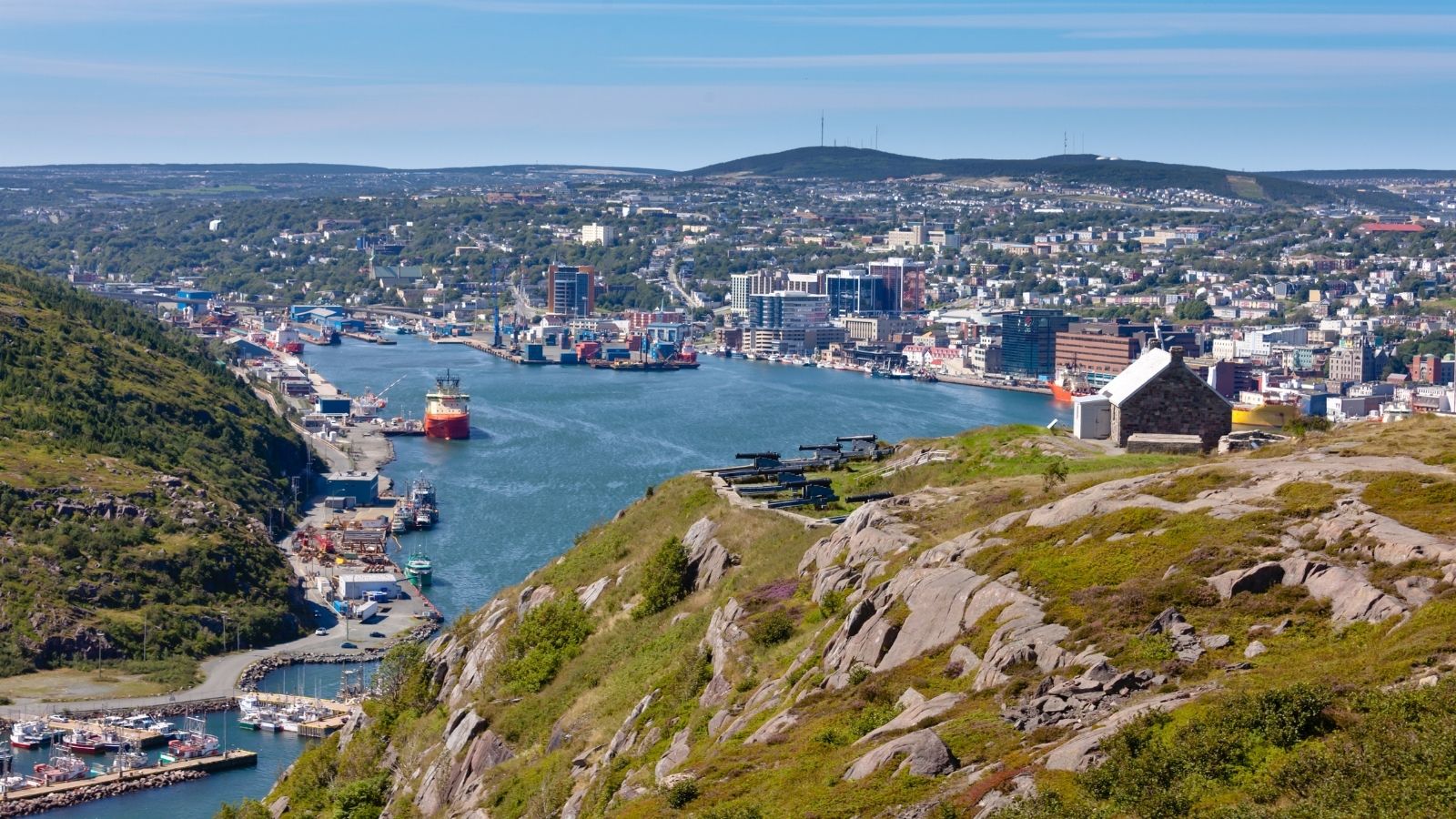
Inflation has hit St. John’s hard, with rising housing costs, rent, and food prices. While cheaper than some other cities, affordability is disappearing faster than expected. Transportation and utility costs have also increased, making it harder for residents to keep up with everyday expenses.
Saskatoon, Saskatchewan
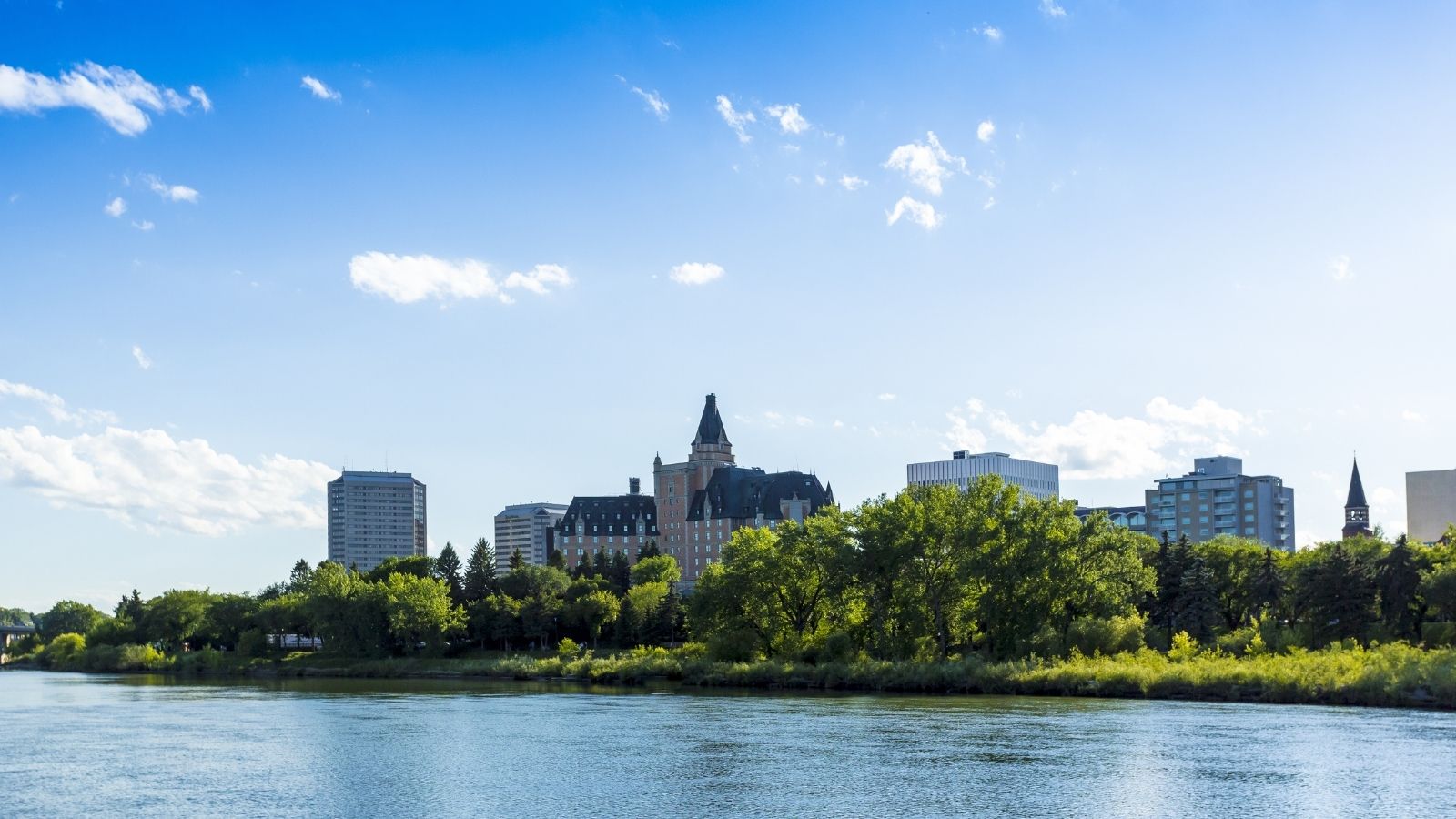
Saskatoon’s affordability is slipping due to rising rent, home prices, and increasing costs of essentials. The real estate market is heating up, and grocery and transportation expenses are increasing. Many long-time residents struggle to adjust to the city’s higher cost of living.
Regina, Saskatchewan

Regina is also facing increased housing and rental costs, making it tougher for residents to keep up. Inflation is driving up the cost of groceries, utilities, and transportation, impacting household budgets. The city’s once-affordable reputation is slowly fading.
Charlottetown, Prince Edward Island
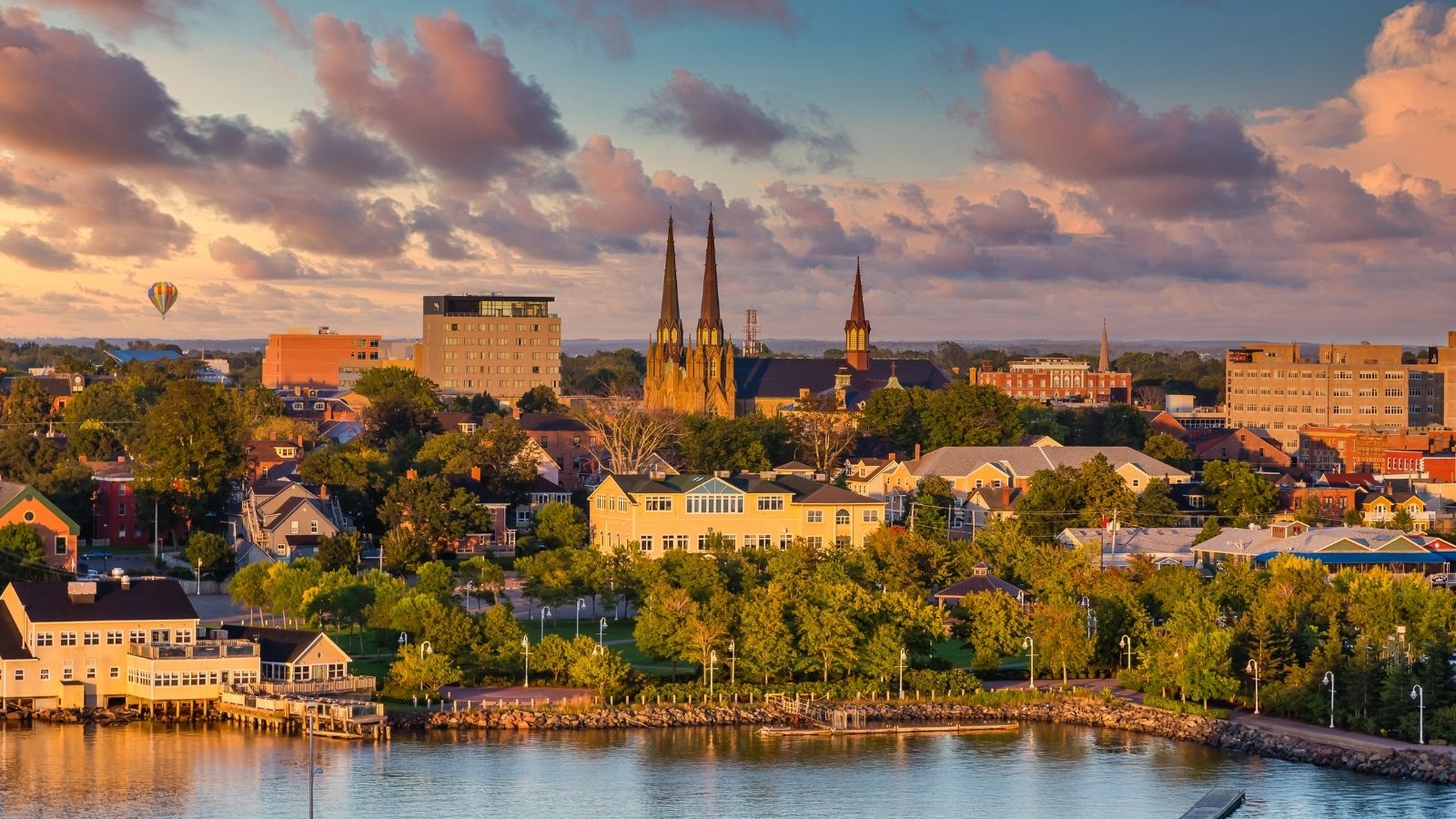
Charlottetown has become one of the least affordable cities in Atlantic Canada due to a housing shortage. Rent has soared, and buying a home is becoming out of reach for many. Food and transportation costs have also increased, making life in PEI’s capital city more expensive.
Kelowna, British Columbia
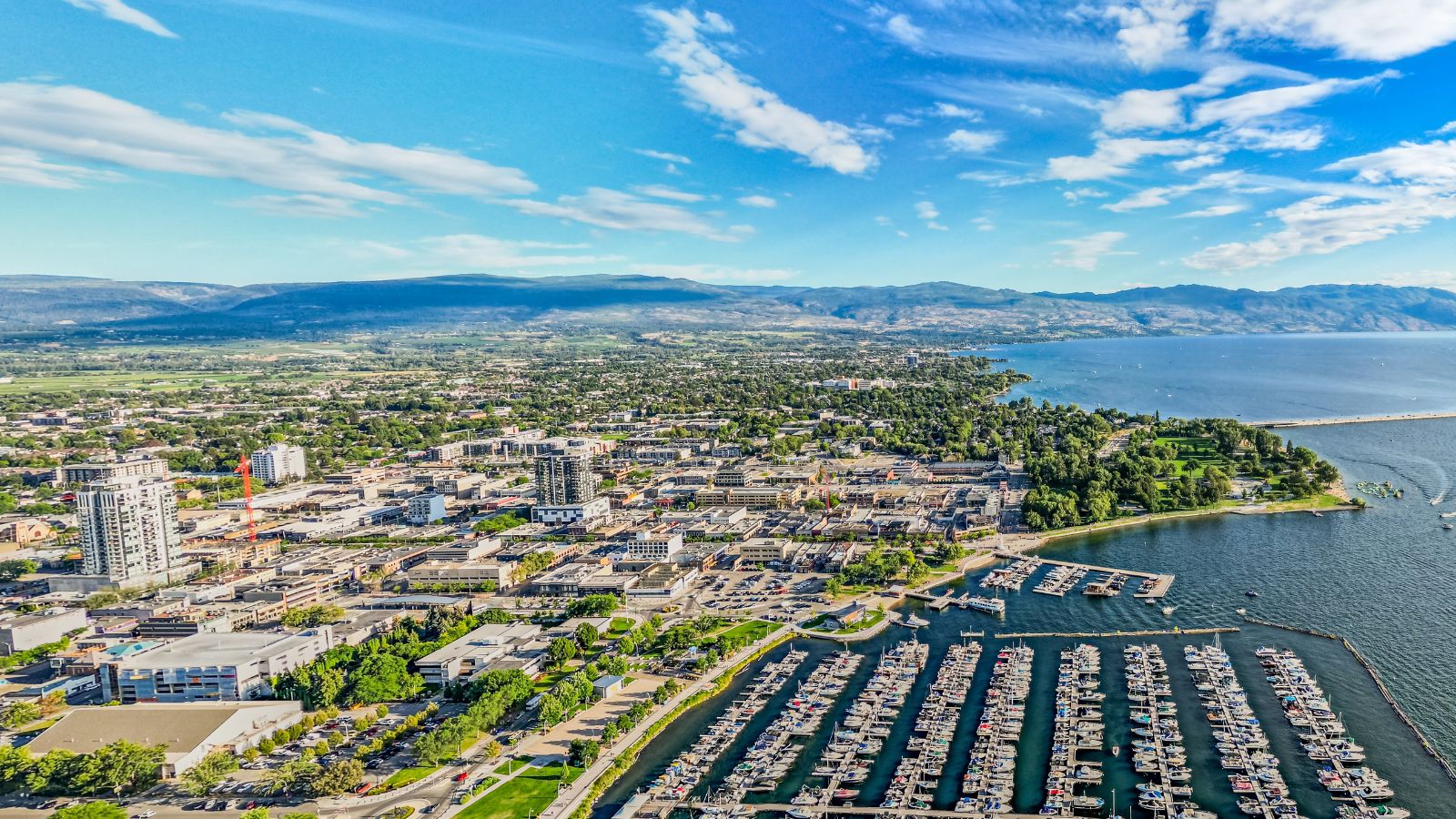
Kelowna’s rising popularity as a retirement and vacation destination has caused housing prices and rent to skyrocket. The cost of groceries, gas, and utilities is also going up, making everyday living more expensive. More people are being priced out of the market as affordability declines.
Moncton, New Brunswick

Moncton was once a hidden gem for affordability, but its lower cost of living has attracted many new residents. Housing prices have surged, and rent is climbing as demand grows. The price of daily necessities has also increased, making it more difficult for residents to maintain their lifestyles.
Thunder Bay, Ontario

Thunder Bay is experiencing unexpectedly high housing costs and rising rent due to growing demand. Transportation, groceries, and utility costs have also increased, making daily expenses harder to manage. Many residents who once considered the city affordable are now struggling with higher costs.
Barrie, Ontario

Barrie has become a popular commuter city for people working in Toronto, leading to a rapid increase in home and rental prices. While it was once an affordable option, the cost of living has surged. Higher property taxes, grocery bills, and transportation costs are making life in Barrie more expensive than before.
Conclusion

Affordability in Canada is vanishing as housing, rent, and living costs continue to rise nationwide. If wages don’t keep up and housing shortages persist, many Canadians will struggle to maintain their standard of living. Without immediate solutions, more cities will join this growing list of unaffordable places to live.
20 Reasons Why Wealthy Investors Are Looking At The Caribbean

The Caribbean has long been known for its stunning landscapes and vibrant culture, but in recent years, it has also become an attractive destination for wealthy investors. The region offers numerous financial, economic, and lifestyle advantages that appeal to high-net-worth individuals seeking opportunities. Here are 20 reasons why the Caribbean has captured the attention of the global investment community.
20 Reasons Why Wealthy Investors Are Looking At The Caribbean
